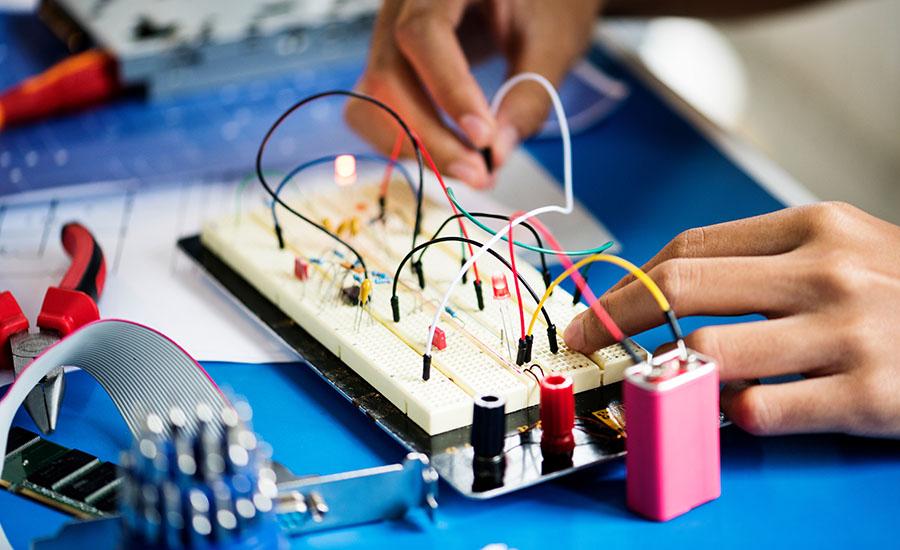
“Don’t Lose the Light”- a Hands-on Approach to Exponential Decay
by Karen Larsen
This hands-on lesson helps students understand exponential functions by using an LED circuit. LED luminosity decreases at an exponential rate as more are added in series.
As students add more lights to the circuit, they will see the brightness of the lights dim and by measuring luminosity with a simple cell phone app, the students can actually chart the decrease in luminosity and find a trend line.
Lesson Plan Link/URL
https://docs.google.com/presentation/d/1-Nl3KyBQN4GFVK0uHkkhL3b9Q1fgGm9z/edit?u…Subject Area
Science Physical Science P4: Energy Transfer Technology 4. Innovative Designer Engineering S2: Apply the Engineering Design Process S3: Apply Mathematics to Engineering S4: Apply Science to Engineering S5: Apply Technology to Engineering Mathematics Measurement and Data (MD) Algebra (A) Reasoning with Functions and Relations (RFR)
Featured
Off
Related Content

Grades:
9th Grade, 10th Grade, 11th Grade, 12th Grade
This lesson is an introduction to a unit on the light and transverse waves. It can be utilized during a unit or at the beginning as an exploration. Students m easure the speed of light in a medium

Grades:
6th Grade, 7th Grade, 8th Grade, 9th Grade, 10th Grade, 11th Grade, 12th Grade
Are your students fans of Formula 1? If they are or aren't this lesson will take a look into the dominance of Red Bull Racing in Formula 1. Why is Red Bull so dominant? Is it the driver or the

Grades:
9th Grade, 10th Grade, 11th Grade, 12th Grade
This STEM Argumentative Research Project engages students in exploring the scientific, ethical, and societal implications of themes in Mary Shelley's "Frankenstein." Students will work in groups to

